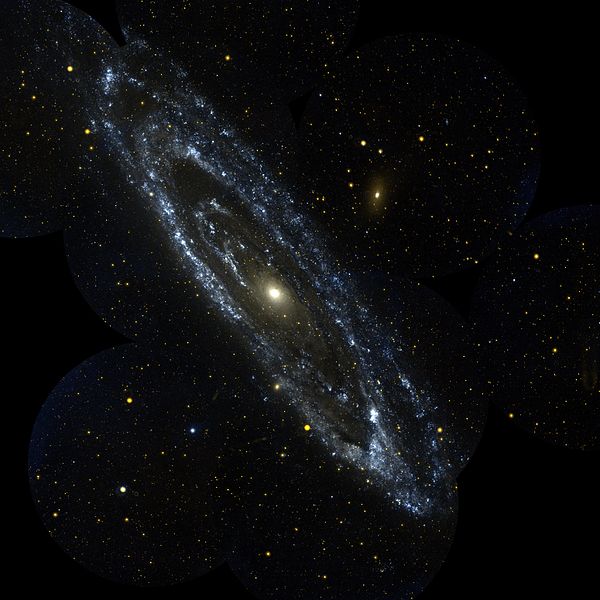
I’ve been reading Richard Panek’s The 4% Universe: Dark Matter, Dark Energy, and the Race to Discover the Rest of Reality.
It’s very good.
I thought I might share a few numbers from page 36 of the book, simply because I thought them stunning:
It turns out that everything within galaxies is moving, and that, throughout the universe, all galaxies are themselves in motion.
Every two minutes, the Earth moves 2500 miles in its orbit around the Sun.
That’s 75,000 miles per hour.
Try to imagine that on some quiet, still, and serene day.
Moreover, during that same two-minute period, the Sun itself has moved 20,000 miles as it orbits the center of our galaxy.
That’s 600,000 miles per hour.
Thus, in a seventy-year lifespan, the Sun will have moved roughly 300,000,000,000 miles.
And yet, even at that speed, the Sun requires 200,000,000 years to orbit a single time around our spiral galaxy.
And yet, to puny human, stars and galaxies appear to be fixed. Our time-frame is so short that we don’t see them moving or rotating. And, to a humanoid observer somewhere in our “neighbor” galaxy of Andromeda, our own Milky Way galaxy would appear serenely motionless, as well.
Think about it.
And then ask yourself how much of what we focus on every day really matters.
Posted from Victoria, British Columbia










